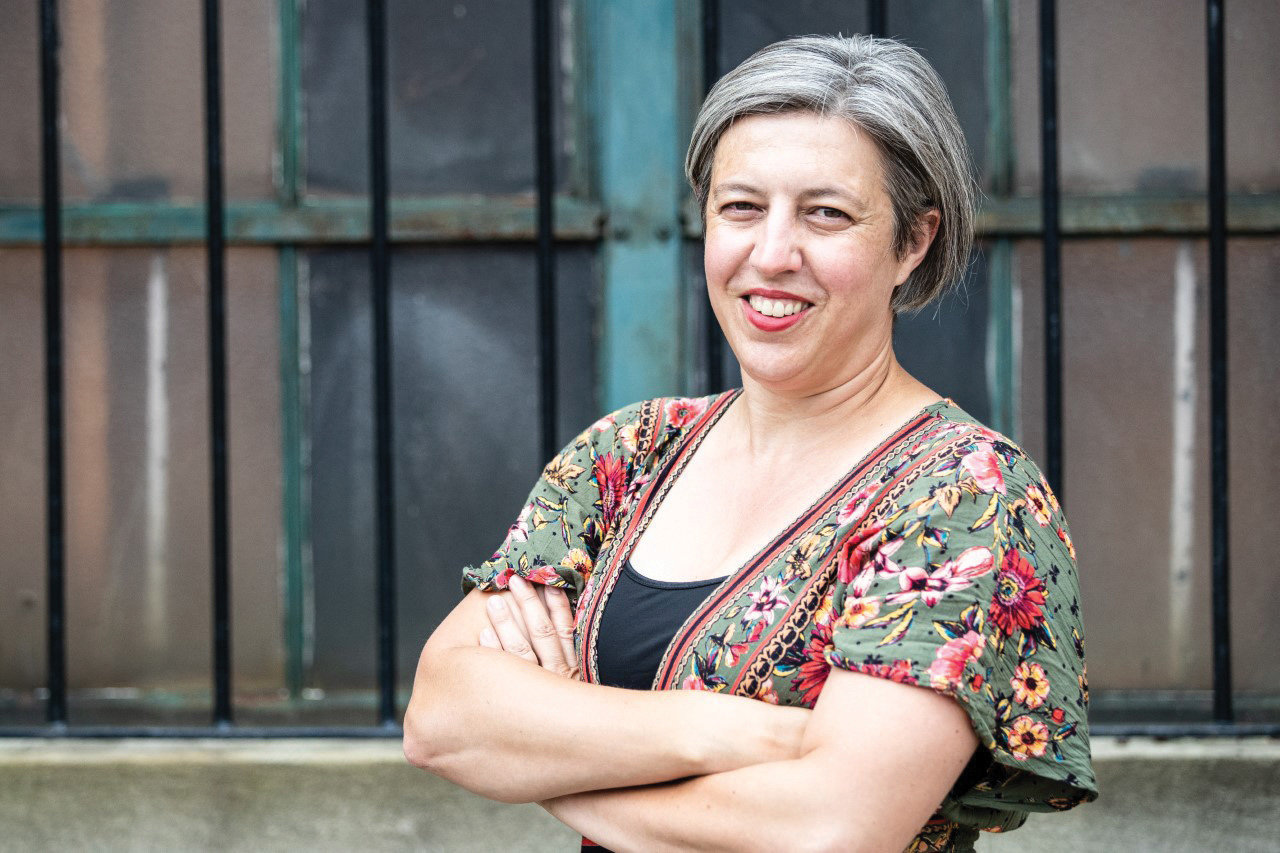Swastikas made out of snap cubes, Nazi salutes aimed at teachers and online harassment that targets Jewish students and staff in public schools. No one in the Jewish community is surprised by the frequency or variety of antisemitic incidents in schools right now. It’s been an overwhelming litany for the past couple of years and it has felt like just as we recover from one wave, another comes crashing down at us.
As someone who both works in the system and has children who attend public schools, I’ve felt broadly and specifically anxious. I worry for the integrity of the system and the safety of my own children. My 14-year-old wants a Magen David on a chain for Hanukkah. He’s the only Jewish kid in the building; is it still safe for him to wear that to school?
A few weeks ago, in response to these incidents and concerted community advocacy, the Ontario government announced that a new unit of Holocaust education would be introduced into the Grade 6 curriculum starting in September 2023. If you’ve ever participated in curriculum development, you’ll know that this is a remarkably tight timeline. We don’t yet have a lot of details about what that unit of study will look like, what students will learn and how it will be taught but this undoubtedly admirable initiative raises some important questions about how to educate students about Jewish experience in parts of the province (or the country) where there are very few, if any, Jews.
I can count the number of Jewish children in Sudbury on my fingers and toes. Our synagogue is the only active community in Northeastern Ontario. Beth Jacob in Sault Ste. Marie and Shaarey Shomayim in Thunder Bay are the only active communities in Northwestern Ontario. The geography that separates us is vast; it takes 12 hours to drive from Sudbury to Thunder Bay, as long as the highway isn’t closed. We are, literally, few and far between.
For most of my colleagues, I am the only Jewish person they’ve ever met and I am frequently in the position of providing basic Jewish education. At this time of year, I spend a lot of time explaining that, in spite of Adam Sandler, Hanukkah is not such a big deal after all.
This lack of experience can lead to significant confusion and paralysis on the part of school staff in knowing how to respond to antisemitic incidents. For instance, when my son was in Grade 3, another student called him a “niaiseux Juif” (stupid Jew). The principal went to great lengths to explain to me that my son was not niaiseux. I went to great lengths to explain to her that the real problem was an 8-year-old who knew how to use the word Jew as an insult. I’m still not convinced that she understood how serious that was and how unsafe it made us feel.
How does a teacher, who has never encountered a single Jewish person, teach about the Holocaust in a meaningful, authentic, and impactful way? How does a student, whose only knowledge of Jews is that a lot of us were murdered 80 years ago, learn to understand the Holocaust in a way that helps them avoid the rabbit holes of modern online antisemitism? How do we build this curriculum so that it is grounded not just in Jewish tragedy but also in Jewish life: complex, layered, joyful and current? How can we structure this initiative so that it doesn’t become the latest chapter in Dara Horn’s People Love Dead Jews?
In addition to those significant challenges, there’s the additional complexity of teaching 11- and 12-year-olds about the Holocaust. Grade 6 is a time of transition for many students as they finish up their time in elementary schools and move on to secondary school. They’re changing rapidly, suddenly becoming interested in romantic relationships and, simultaneously, too cool to wear a winter coat. They’re giggly, self-conscious and increasingly self-aware.
They’re also becoming more active online, more technologically sophisticated and more exposed to everything their favourite apps have to offer, including antisemitism. It’s a precarious time of life. It’s also a fertile moment to teach them about the dangers of antisemitism before they become persuaded by the latest TikTok challenge or fall victim to supremacist groups recruiting young people online.
Teaching young students about the Holocaust will be tricky, it will require a sophisticated approach and, importantly, it will require teachers who are comfortable with the subject and committed to the message. Getting teachers to that point of comfort and commitment in the next nine months will be a challenge, not just for school boards, but for Jewish communities across Ontario. We will need all hands on deck to successfully implement this curriculum and regardless of where you are in the province, some of those hands should belong to Jews.
Emily Caruso Parnell is the board president of Shaar Hashomayim Synagogue in Sudbury, Ont.
